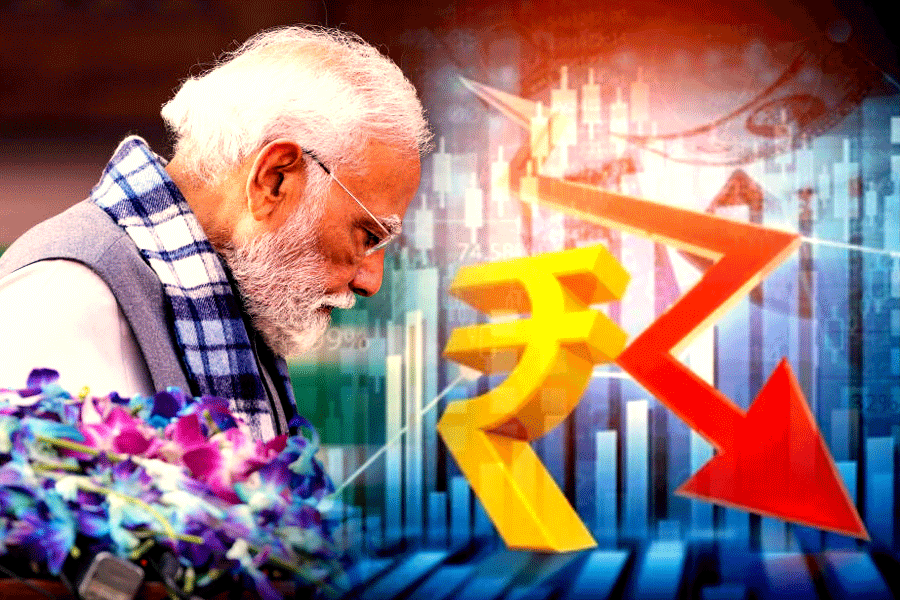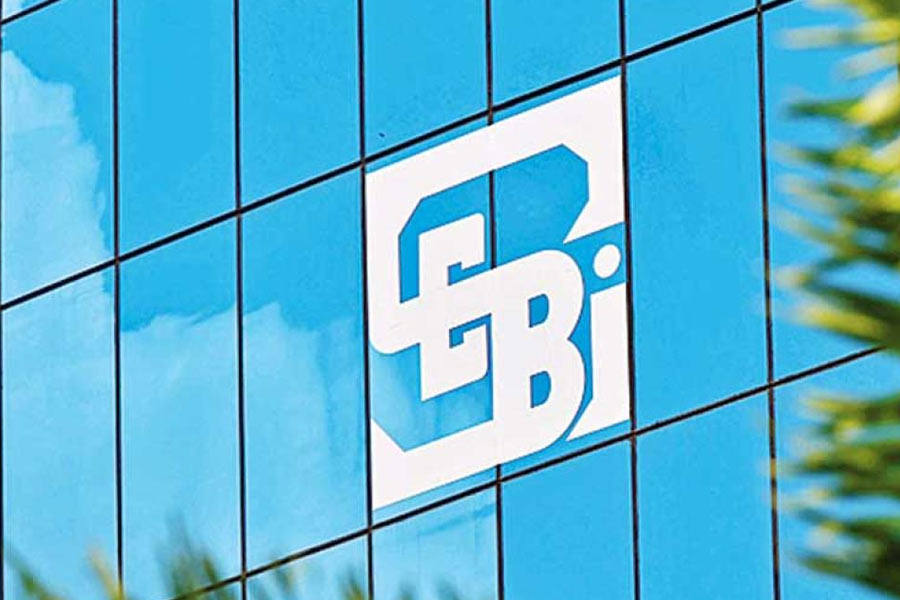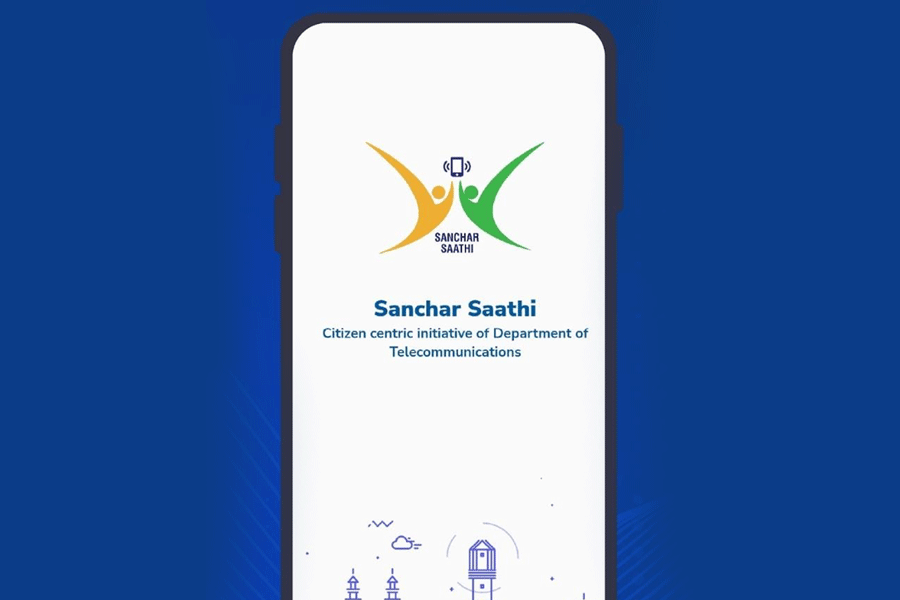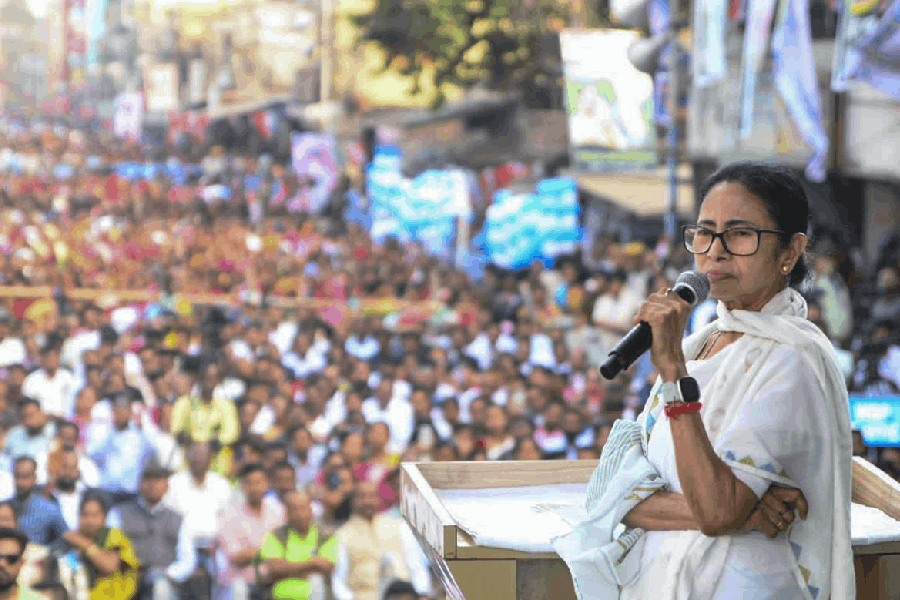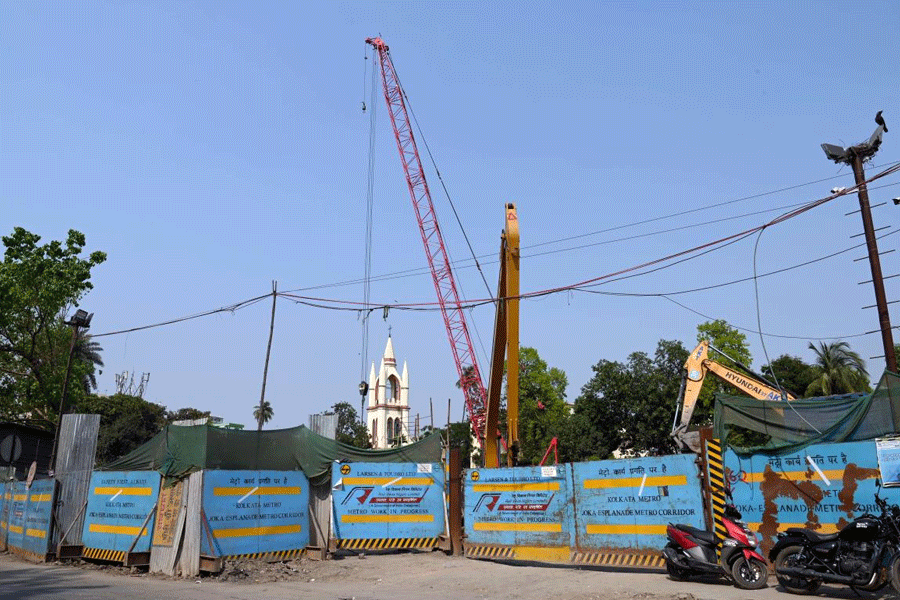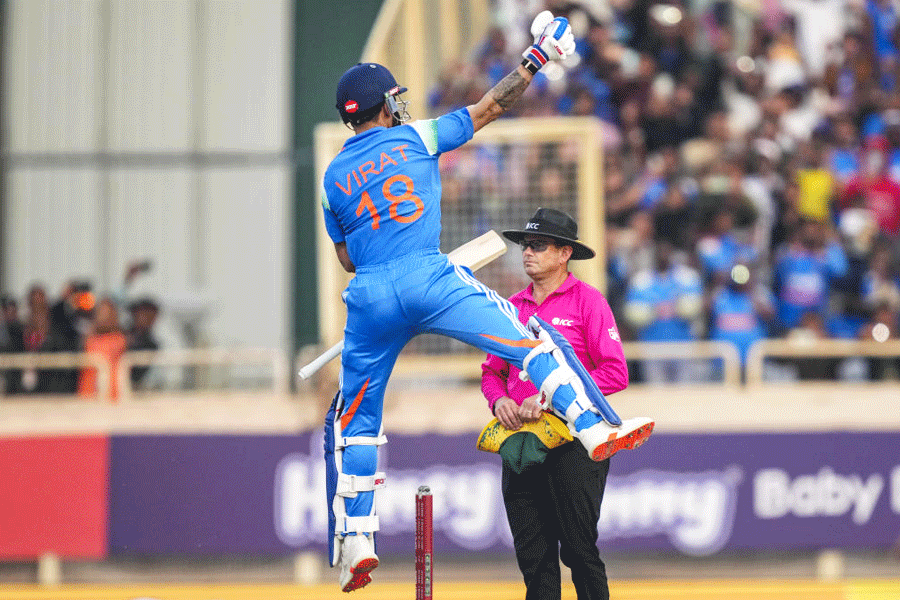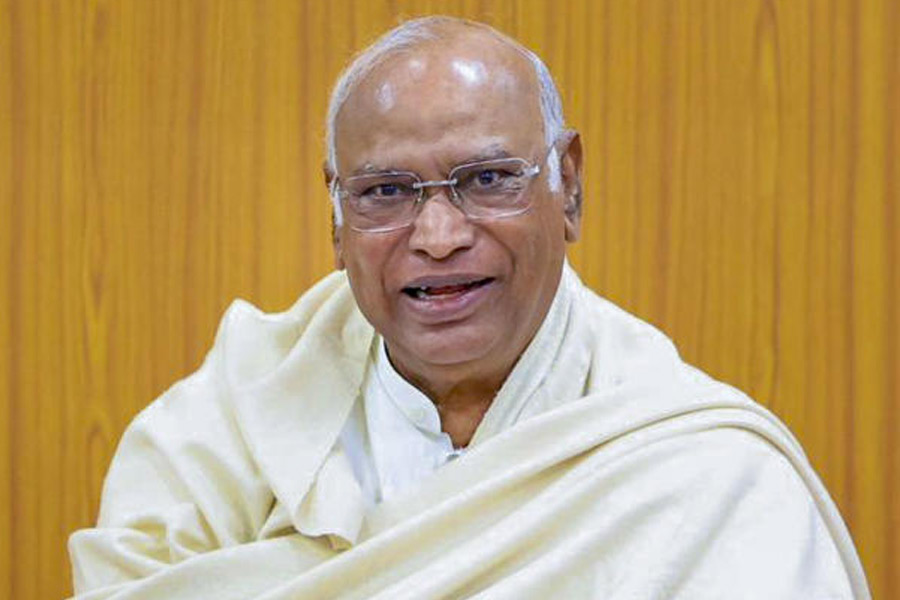-

HIGH-OCTANE: Cyclone, a roller coaster ride at Nicco Park, Calcutta; (below) Scream Machine at Adlabs Imagica in Khopoli, near Mumbai
The 25-odd people hanging upside down from their seats some 150 feet above the ground are screaming in terror. And film producer Manmohan Shetty is smiling.
This is his Scream Machine — a ride that moves like a spinning pendulum before turning turtle. It's a great draw in Shetty's Adlabs Imagica — India's largest and latest theme park.
Adlabs Imagica, built at a cost of Rs 1,600 crore, opened in late April at Khopoli on the Mumbai-Pune expressway. Spread over 300 acres and including a yet-to-be-operational water park and a 300-room hotel, the park is visited by some 2,000 visitors a day. 'The middle-class Indian is ready for an amusement park of international quality,' Shetty declares.
But is it? It appears that India is still to emerge as a destination for world-class amusement parks. Despite a growing middle class with disposable incomes, international players such as the Walt Disney Company and Universal Studios have stayed away.
Disney — which is building a $50-billion amusement park in Shanghai — has said it has no intention of setting up a park in India. 'We have no plans for a Disneyland park in India,' Disney International chief Andy Bird said in Mumbai recently. 'Not now, not later.'
Yet the Indian amusement park industry has been growing by 15-20 per cent a year, as a 2009 Ernst & Young report prepared for the Indian Association of Amusement Parks and Industries (IAAPI) states. The successful parks in India include EsselWorld in Mumbai, Nicco Parks & Resorts in Calcutta, Wonderla in Kochi and Bangalore, and Worlds of Wonder in Noida.
Some hope that Adlabs Imagica will emerge as a game changer in the Rs 7,000-crore industry — transforming the sector qualitatively. 'Let's wait and watch,' says Shirish Deshpande, chief executive officer, EsselWorld.
India's history of organised amusement parks is a recent one. It all started in 1984 with Delhi's Appu Ghar, which came almost 30 years after the first Disneyland was set up in the US in 1955.
'Since then, the Indian amusement and theme park industry has witnessed many changes,' says Yogesh Dange, president of the Mumbai-based IAAPI. 'Today, international brands can look at setting up in India as Adlabs Imagica has shown them the way.'
But setting up an amusement park in India is a tough job. Disney's Bird cited problems such as unreliable infrastructure and difficulties maintaining customer standards.
Land acquisition is a serious problem. 'Dealing with the government and getting nearby villagers on board were probably the most challenging aspects of setting up our parks,' says Arun Chittilappilly, managing director, Wonderla Holidays Limited, a Bangalore-based company that owns and operates the two amusement parks (in Kochi and Bangalore) and a resort in Bangalore.
Labour is an issue too. 'It is extremely difficult to recruit and train the right people for the right jobs as domain expertise in amusement parks is practically not available,' Chittilappilly says.
Ticket pricing is another factor. 'An average amusement park of the size of EsselWorld anywhere in the world charges around $55 (approximately Rs 3,300). We charge $14 (about Rs 840), but I can't hike my ticket prices if I want more visitors,' Deshpande says.
Yet, despite the problems, the number of visitors is on the rise. Arijit Sengupta, MD and CEO of Nicco Parks, points out that footfall at the Nicco parks are growing annually by 5 per cent.
At Wonderla Kochi and Bangalore, the number of visitors grew at a compound annual growth rate of 18.48 per cent from 2010 to 2012, recording a 2.26 million footfall. 'Our income increased from Rs 63.3 crore in 2009 to Rs 114.5 crore in 2012,' Chittilappilly says.
Clearly, for many Indians, the parks are still a novelty. Take EsselWorld, which, along with Water Kingdom, covers an area of 65 acres and has over two dozen rides. A 15-minute ferry ride from Gorai will drop you at the park where the popular attractions include an indoor horror ride that runs through a dark and foggy den. One of its biggest draws is the newly launched Top Spin, a ride that consists of a 40-people platform suspended between two arms.
Adlabs Imagica has over a dozen rides and other attractions such as a 360-degree dome cinema and another with hydraulic chairs that lift audiences to the top half of a 90-foot wide screen showing panoramic views across India. It is putting together India's largest roller coaster ride, bought for Rs 100 crore.
But while Shetty's dream park has sparked considerable interest, industry insiders point out that India lags way behind China when it comes to world-class parks. Shetty's park hopes to draw 2-3 million visitors a year. But Disneyland in Hong Kong recorded 6.7 million visitors in 2012. By 2015, a 923-acre Disneyland will come up in Shanghai. A dozen medium and large amusement parks already exist in China.
'In China, homegrown developers are bringing out sophisticated parks catering to local tastes,' says Hong Kong-based Chris Yoshi, global director for Asia at Aecom, a planning and architecture firm which studies theme parks.
Yoshi believes that in India too local players will develop parks in multiple locations. 'Adlabs Imagica is going to have a cascading effect. Wait for five years,' he says.
Already, medium-sized parks are proliferating. 'In the 1990s, there were five or six theme parks — now there are about 130 such parks across India. By 2020, there will be an estimated 300 amusement parks,' Sengupta says, adding that Nicco has set up eight amusement and four water parks in India and Bangladesh.
Wonderla promoters have started work on 50 acres in Hyderabad and are acquiring land in Chennai. Shetty too has acquired 60 acres of land in Hyderabad and plans to enter Goa and the Delhi region.
A park based on Indian mythology and culture is being planned outside Mumbai. 'We are talking to the state government,' says promoter Shiv Sagar, grandson of media mogul Ramanand Sagar, who had in 2007 unsuccessfully tried to set up India's first spiritual park in Hardwar.
The big daddies in the sector may have bypassed India, but India's own local parks are attracting footfall, even though the numbers compare unfavourably with those at Disneyland. Some 1.6 million people visited EsselWorld last year. The park has spent around Rs 400 crore and earns Rs 70-80 crore a year.
'We aren't making any big profits or losses,' Deshpande says. 'Though we are growing by 15 per cent annually, if these 65 acres of land had been used for something like a mall or multiplex, they would have yielded higher returns.'
So far, amusement parks are not competing with one another, because visitors are mostly from the city where the park is located. 'Disneyland draws domestic and foreign visitors in large numbers. But while 50 per cent of Disney's visitors are from foreign shores, 80-90 per cent of our visitors are locals,' Sengupta explains.
For a large section of the people, the rides that the parks offer are good enough. For those hoping for more, there will be Adlabs Imagica and others that follow. But for those wishing for a Disneyland, it's going to be a long wait.




